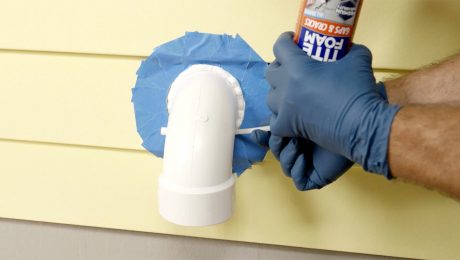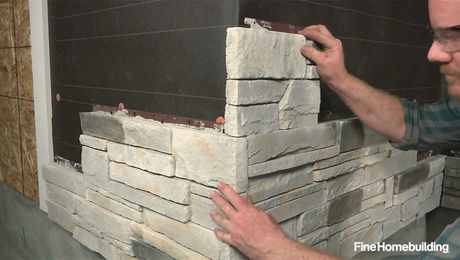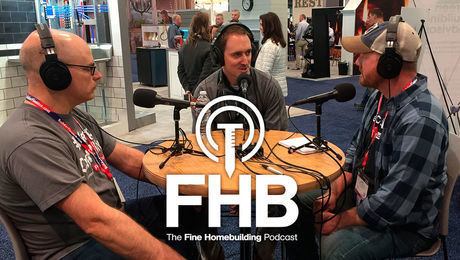Q:
I am the development coordinator for a non-profit housing-development corporation. I am having problems finding an affordable cladding system that is also green. Can you comment on vinyl siding as it relates to the greenbuilding movement?
Michael Roane, Wilmette, IL
A:
Betsy Pettit, an architect and the president of Building Science Corp. in Westford, Massachusetts, replies: I’ve struggled with this question for many years, and here’s my take on it. All materials have environmental costs associated with their material extraction, manufacture, and transport. According to a study by the U.S. Green Building Council (www.usgbc.org/LEED/tsac/pvcvinyl.asp), there’s no compelling evidence that vinyl siding is any better or worse than the alternatives.
Wood siding is the holy grail of siding east of the Mississippi and north of the Mason-Dixon. Here, wood clapboards on houses have lasted for more than 200 years. But because the way we heat and cool houses has changed, the nature of installing wood siding also has changed. Wood siding still can be installed to last a long time, but usually it isn’t.
As building-performance consultants, we get thousands of questions a year from distraught homeowners who have problems with wood siding. In contrast, we’ve had only one request to solve a vinyl-siding-related problem in the past 10 years (which was solved easily by installing the nails properly). A lot of wood siding has been thrown into a dumpster well before it ought to have reached the end of its useful life, and that’s not cost-effective, sustainable, or green.
Fiber-cement siding requires a lot of energy to make. Because of the energy costs, I think this type of siding also must be installed properly to be classified as a green building material. It’s a great product, but when fiber cement is not installed right, it’s not very green.
Vinyl siding, by its nature, is back-vented, so besides shedding water quite well, it allows moisture that gets behind it a chance to drain and dry. This isn’t true of typical woodsiding installations of the past 20 years. Building Science Corp. never has investigated a moisture-related failure or a mold-related problem associated with vinyl siding.
Furthermore, most vinyl siding contains recycled content, and more and more of the waste is being recycled at job sites. At the end of its service life (sometime after 40 years), vinyl siding can be recycled easily for reuse in other products. So my answer to your question is, yes, vinyl siding is green.

























